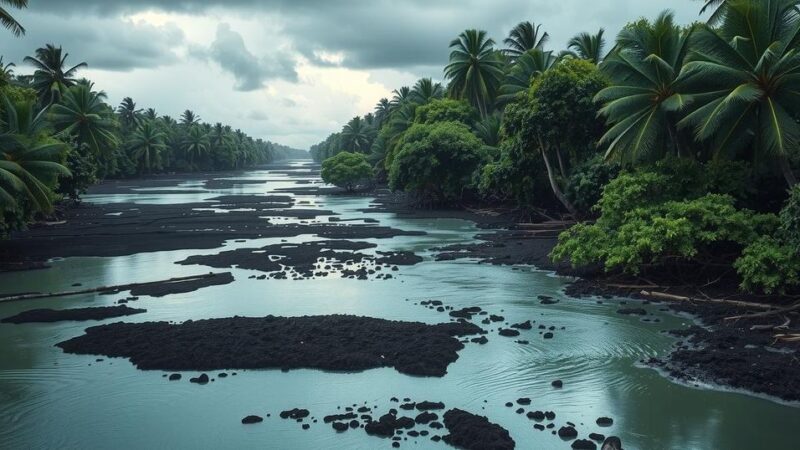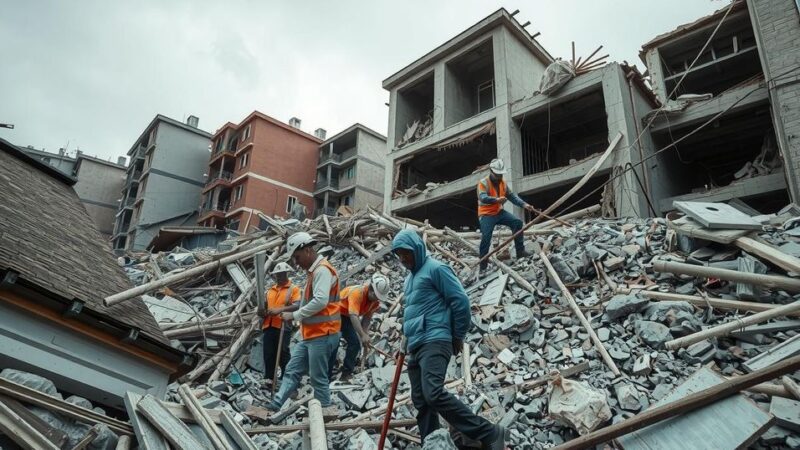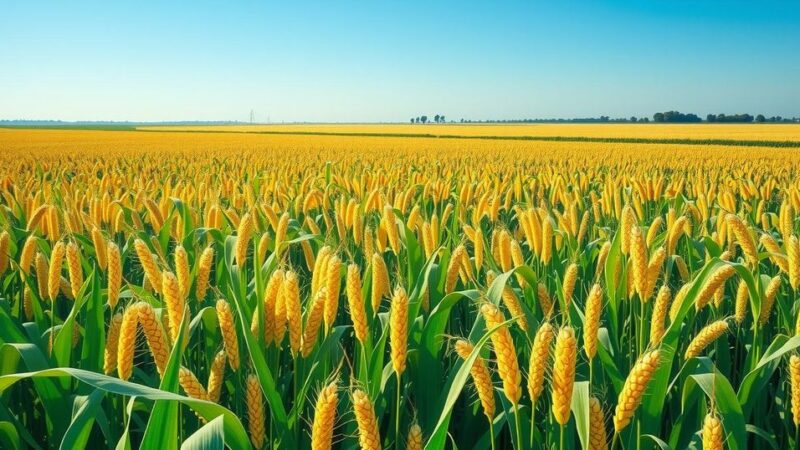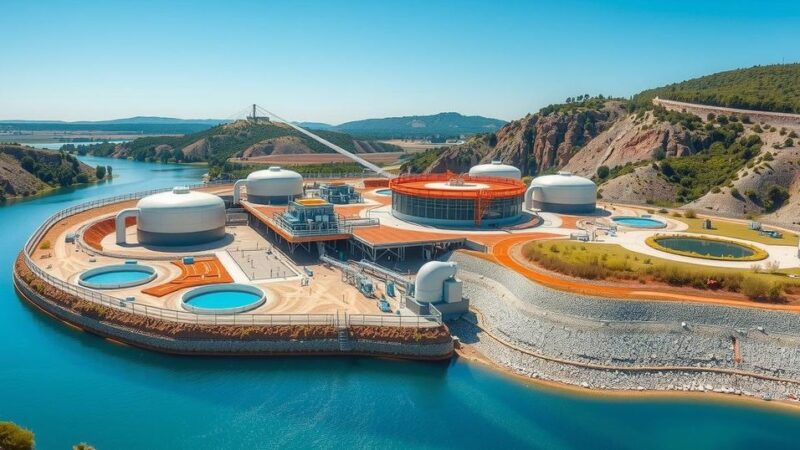This article discusses the crucial role of Namibia’s dry woodlands in carbon sequestration. It highlights that small trees and shrubs significantly contribute to carbon storage, yet traditional assessments often exclude them, leading to underestimation. Recommendations include including smaller plants in carbon assessments and recognizing the entire ecosystem’s structure for effective conservation and climate policies.
Carbon sequestration refers to vegetation’s ability to capture and store carbon dioxide (CO2) from the atmosphere during photosynthesis. This process converts CO2 into organic matter such as wood, leaves, roots, and soil carbon. As the world faces climate change, forests and woodlands, including Namibia’s dry woodlands, are essential for reducing atmospheric CO2 levels, thereby slowing global warming.
Unlike tropical rainforests, which primarily store carbon in large trees, Namibia’s dry woodlands rely heavily on small trees and shrubs. These smaller plants contribute significantly to carbon storage and are crucial for maintaining an active carbon cycle. A recent study revealed that small trees and shrubs account for nearly one-third of the total woody biomass in Namibia’s northern and northeastern woodlands.
Moreover, the study noted the pivotal role that large trees have on the growth of smaller plants. When there is an open canopy, shrubs receive ample sunlight, promoting growth. Conversely, a dense canopy prevents smaller plants from thriving, ultimately impacting the overall biomass. This finding emphasizes the importance of woodland structure over rainfall in determining ecosystem dynamics.
Traditional carbon assessments often overlook trees smaller than 5 or 10 cm in diameter, which has dire implications for understanding carbon storage in dry woodlands. This oversight can lead to underestimated carbon storage, restricted opportunities in carbon credit programs, and inadequate conservation policies that neglect smaller vegetation. It is essential to enhance carbon measurement practices to optimize the management of these vital ecosystems.
The insights from the study are pertinent to various global climate policies and agreements, such as Carbon Credit Markets and the Intergovernmental Panel on Climate Change. If small trees and shrubs are excluded from carbon assessments, Namibia’s dry woodlands will not receive equitable financial recognition. Therefore, acknowledging these ecosystems in carbon assessments is critical.
To effectively manage and assess Namibia’s dry woodlands, the study proposes three major recommendations. Firstly, carbon assessments should include small trees and shrubs, as their exclusion leads to considerable underestimations. Secondly, it is vital to recognize the complete carbon storage capacity of dry woodlands rather than focusing solely on rainforests. Lastly, policies must consider the comprehensive structure of woodlands to protect the entire ecosystem, thus maximizing carbon storage potential.
In conclusion, the findings of this study highlight the hidden carbon potential within Namibia’s dry woodlands. As climate change poses significant challenges globally, it is imperative that scientists, policymakers, and conservationists reassess how carbon is measured and valued in these ecosystems. Acknowledging the role of understorey plants can open avenues for Namibia in global climate policies and carbon markets, ultimately enhancing conservation efforts and climate action for future generations.
The research emphasizes the importance of small trees and shrubs in Namibia’s dry woodlands as significant contributors to carbon sequestration. By reformulating carbon assessments to include these plants, Namibia can leverage its carbon storage capabilities more effectively. The study advocates for enhanced recognition of the ecosystem’s entire structure, which is crucial for maximizing carbon storage, thereby contributing positively to global climate action and financial support through carbon credit markets.
Original Source: www.namibian.com.na






